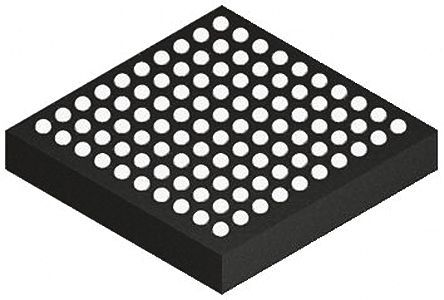At present, there are several mainstream interface methods of tft lcd display screen: MCU interface, RGB interface, SPI interface, MIPI interface, QSPI interface, LVDS interface.
The MCU interface, RGB interface and SPI interface are more widely used. The main differences are as follows:
MCU interface: It will decode commands, and the timing generator will generate timing signals to drive COM and SEG drivers.
RGB interface: When writing the LCD register setting, there is no difference from the MCU interface. The difference is only in how the image is written.
| TFT显示屏接口类型 | 分辨率 | 传输速度 | 引脚数 | 噪声 | 功耗 | 传输距离 | 成本 |
| 微控制器 8080/6800 | 中 | 低 | 较多 | 中等 | 低 | 短 | 低 |
| RGB 16/18/24 | 中 | 快 | 较多 | 最差 | 高 | 短 | 低 |
| SPI | 低 | 低 | 较少 | 中等 | 低 | 短 | 低 |
| I²C | 低 | 低 | 较少 | 中等 | 低 | 短 | 低 |
| 串列 RGB 6/8 | 中 | 快 | 较少 | 最差 | 高 | 短 | 低 |
| LVDS | 高 | 快 | 较少 | 最佳 | 低 | 长 | 高 |
| MIPI | 高 | 最快 | 较少 | 最佳 | 低 | 短 | 中 |
DSPI is the abbreviation of Dual SPI, which means 4-wire spi, and it is also an extension of the SPI interface introduced by Motorola.
On the basis of the SPI protocol, Motorola has enhanced its functions, added a queue transmission mechanism, and introduced a queue serial peripheral interface protocol (ie, QSPI protocol).
QSPI is the abbreviation of Quad SPI, which means 6-wire spi. It is an extension of the SPI interface introduced by Motorola, and it is more widely used than SPI.
SPI interface: SPI (Serial Peripheral Interface), serial peripheral interface, is a synchronous serial data transmission standard proposed by MOTOROLA.
The SPI interface is usually called a 4-wire serial bus, or it can also be a 3-wire SPI interface, which works in a master/slave manner, and the data transmission process is initiated by the host.
SPI CLK, SCLK: serial clock, used to synchronize data transmission, output by the host
CS: chip select line, active low, output by the host
MOSI: master output, slave input data line
MISO: master input, slave output data line
There is no so-called best or worst among the interfaces, only the applications that are suitable or not suitable for the product; therefore, we organize the data and provide the following table to provide a multi-faceted analysis of the advantages and disadvantages of the various interfaces introduced in this article, allowing you Through analysis and comparison, you can find out the most suitable display interface for your product.
